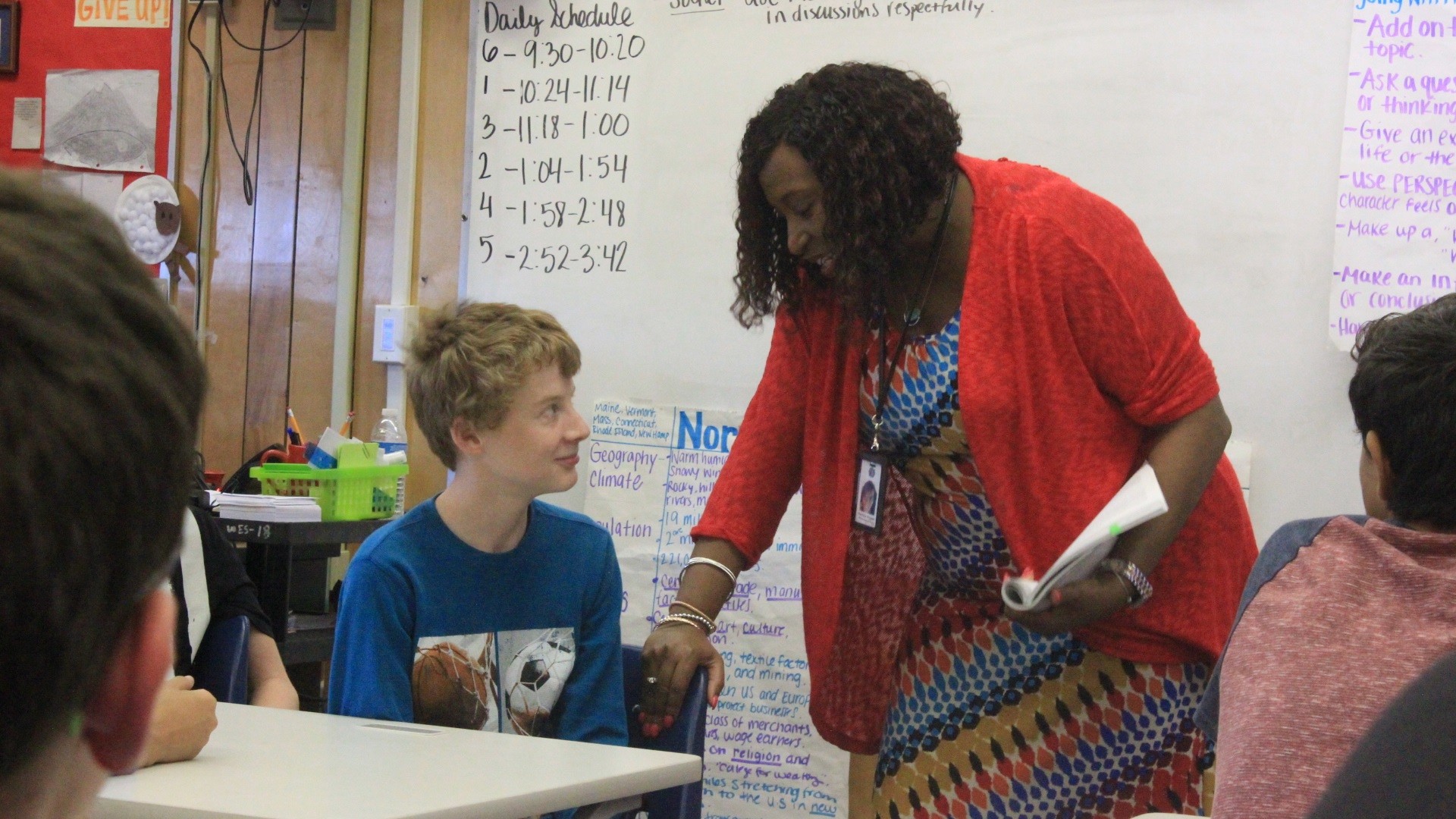Mental Health Day opens a tough conversation about mental health in young people
MIDDLEBURG – May marks the beginning of a month dedicated to broadening the often-uncomfortable conversations regarding suicide and the importance of good mental health, especially among children …
This item is available in full to subscribers.
Attention subscribers
To continue reading, you will need to either log in to your subscriber account, or purchase a new subscription.
If you are a current print subscriber, you can set up a free website account and connect your subscription to it by clicking here.
If you are a digital subscriber with an active, online-only subscription then you already have an account here. Just reset your password if you've not yet logged in to your account on this new site.
Otherwise, click here to view your options for subscribing.
Please log in to continueDon't have an ID?Print subscribersIf you're a print subscriber, but do not yet have an online account, click here to create one. Non-subscribersClick here to see your options for subscribing. Single day passYou also have the option of purchasing 24 hours of access, for $1.00. Click here to purchase a single day pass. |
Mental Health Day opens a tough conversation about mental health in young people
MIDDLEBURG – May marks the beginning of a month dedicated to broadening the often-uncomfortable conversations regarding suicide and the importance of good mental health, especially among children and teens.
At Wilkinson Junior High, the Clay County School District held its inaugural Mental Health Day event dedicated to having that conversation at the right place and at the right time.
More than 40 presenters from eight mental health and community agencies went to the school Tuesday for an entire day of discussions on how to maintain good mental health and remove the stigma associated with mental illness.
“We’ve got to start taking the stigma off of depression and we’ve got to start getting the kids having these conversations now when they’re young and their attitudes are forming,” said Behavior Site Coach Shelley Luter, who works with behaviorally emotionally disturbed children in the district. “That’s our whole focus for today…Starting to have things like this and breaking out to talk about things like this…these are things that may be right around the corner for them.”
By the end of the day, children would end up being exposed to suicide prevention techniques, how self-esteem plays into their mental health, and how to cope with other physical traumas – such as date violence.
“Wilkinson Junior High is trying to instill some social emotional learning in our kids…we push them academically but we also have to support them emotionally, sometimes with feeding them, sometimes – we have a laundry program here,” said Christina Cornwell, principal.
“Some of our families have a lot of exterior stress, and that stress trickles down to our kids,” she said. “We wanted our kids to know that they’ve got support out there and resources.”
District leadership is considering creating a new role in the administration for a behavioral health coordinator, whose job would be to marshal community organizations for events and support in the district.
There’s a clear consensus in the mental health world that education is among the greatest tools in a district’s arsenal to combat mental illness and suicide among students.
Often, however, proper prevention means a complete change in the way districts respond to and actively prevent suicide.
From 1999 to 2014, the Centers for Disease Control and Prevention reported a marked, age-adjusted average spike in suicide rates among all genders, races and ethnicities of 24 percent.
The hardest hit, however, among all were children between 10 and 14. The number of young girls who took their lives between that same time tripled from 0.5 to 1.7 per 100,000 residents.
Suicide is always caused by an underlying mental health problem, which in many cases, can be managed.
A new television series that is popular among teenagers intends to shine a light on some aspects of suicide. “13 Reasons Why” focuses on a young girl who takes her own life and sends tapes to her peers detailing how they influenced her decision.
“After it was released, I noticed more people took a concern to suicide,” said Mary Abare, president of National Junior Honor Society at Wilkinson Junior High. “I think that it should have been taken more seriously before that, but it opened up people’s eyes on how important it is to seek help.”
She said she knows students who have jokingly said they were going to kill themselves, and pointed to that as a behavior that needs to change.
“What we’re doing is we’re integrating into our regular school improvement plans elements of social emotional learning, positive behavior, intervention and support – all of those things are philosophies that are sort of weaved to everything that we do throughout the day,” said Michael McAuley, assistant superintendent of climate and culture. “This is a great opportunity to sort of introduce the district to some global higher thinking.”
McAuley indicated that the district needs to sustain that kind of education year-round.
The district is making available an eight-hour crash course in mental health first aid to teachers, to prepare teachers how to notice the signs of mental illness in a child and then take appropriate steps to reach out.
Education such as this and other similar preventive measures may halt or at least better prepare the district for events when tragedy does strike, as it did three years ago at Keystone Heights Junior -Senior High.
One resident took his own life just before his 16th birthday, and the boy’s girlfriend took her life the month after.
It appeared Keystone Heights was becoming the epicenter for what mental health specialists call a ‘suicide contagion,’ where a tragedy causes such trauma in a community that more suicides and attempts follow soon after.
The district eventually received a $70,000 federal grant and used it to corral resources to the community and begin the healing process.
McAuley, who was not a Clay County employee in 2014, said education can help stop that from happening again.
As for the fate of mental health day, Luter said next year she hopes to expand the program to other schools.
“There’s so many things that the kids are exposed to every day that they may not be comfortable going home and talking to mom and dad about,” Luter said. “We need to open the pathways for those discussions.”
If you or someone you know is currently exhibiting suicidal behaviors, please call the National Suicide Prevention Lifeline anytime at 1-800-273-8255











